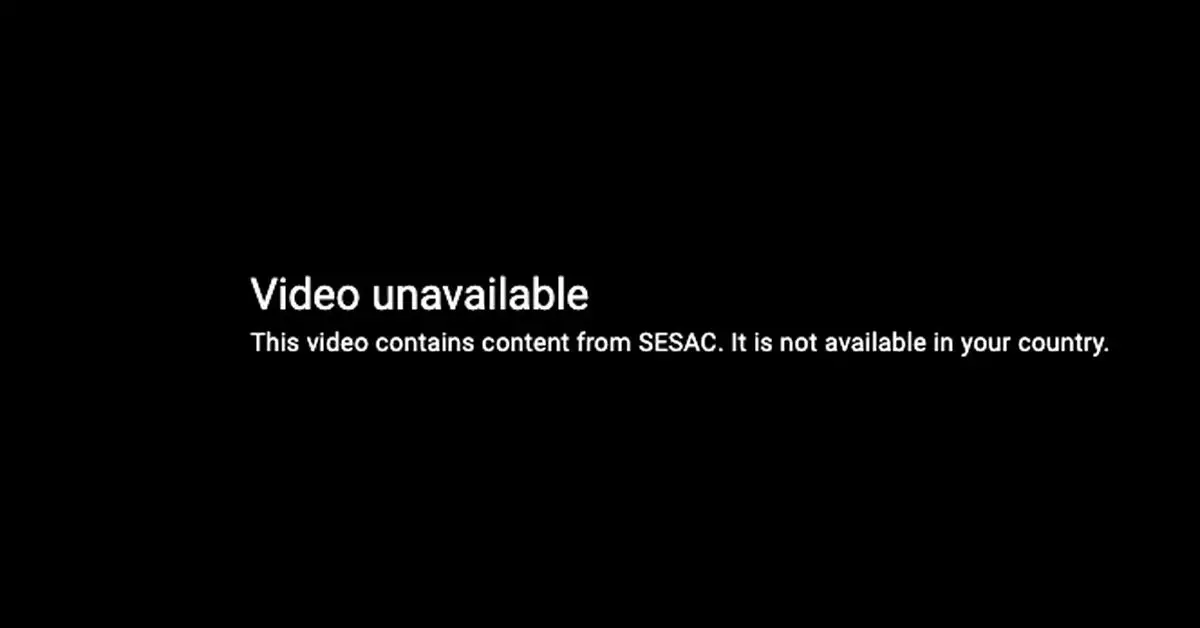In a surprising turn of events, music lovers faced a void on YouTube and YouTube Music when a significant portion of popular songs vanished without warning. Iconic tracks, including Adele’s “Rolling in the Deep” and hits from artists like Kendrick Lamar, Britney Spears, Green Day, and Burna Boy, were abruptly marked as unavailable due to content restrictions imposed by SESAC. This situation has left users in a state of confusion and disappointment, sparking discussions surrounding the nature of licensing agreements in the music industry.
What is SESAC? Understanding the Organization
SESAC, short for the Society of European Stage Authors and Composers, has been entrenched in the music licensing industry since its inception in 1930. Unlike its larger counterparts, BMI and ASCAP, SESAC operates as a performance rights organization that represents a smaller yet influential roster of songwriters and publishers. SESAC extends licenses for public performances of over 1.5 million songs on behalf of more than 15,000 affiliated creators. The organization’s industry significance was amplified in 2017 when it was acquired by the private equity giant Blackstone, signaling an era where market dynamics may drive licensing policies and negotiations.
The abrupt removal of songs from YouTube raises critical questions about the music industry’s intricate web of copyright. Licensing agreements between platforms and organizations like SESAC are vital for ensuring that artists receive fair compensation for their work. However, negotiations can be fraught with challenges. In this case, YouTube found itself unable to renew its licensing agreement with SESAC prior to its expiration, resulting in the unexpected censorship of a wide array of content. The nature of these negotiations is often kept confidential, leaving many in the dark regarding what resolutions might look like.
As of now, the ongoing dialogue between YouTube and SESAC remains under wraps, with no definitive timeline for when – or if – the music will return. YouTube’s spokesperson, Mariana de Felice, acknowledged the ongoing negotiations, stating that they are committed to resolving the issue amicably. With a searchable database of impacted works and a 44,267-page PDF catalog of SESAC’s repertoire available, observers can track which songs have been affected. However, discrepancies exist, as some tracks, like the music video for Kanye West’s “Power,” continue to be available, creating further uncertainty for users navigating the platform.
Implications for Listeners and Artists
The implications of this licensing fallout extend beyond mere inconvenience for listeners; they touch upon broader issues of access to art and the barriers that artists face in the digital space. Users are left pondering the sustainability of platforms that rely on external agreements to deliver music. For artists who depend on vibrant online communities for exposure, the ramifications of such conflicts can be damaging. As the music industry grapples with evolving consumption patterns and technological advancements, such incidents serve as a reminder of the fragility inherent in the platforms that connect creators with their audiences.
While SESAC’s role in protecting the rights of creators is vital, ongoing licensing disputes highlight the complexities of an industry in flux. As negotiations continue, fans and artists alike are left waiting for clarity on the availability of beloved music on digital platforms.

